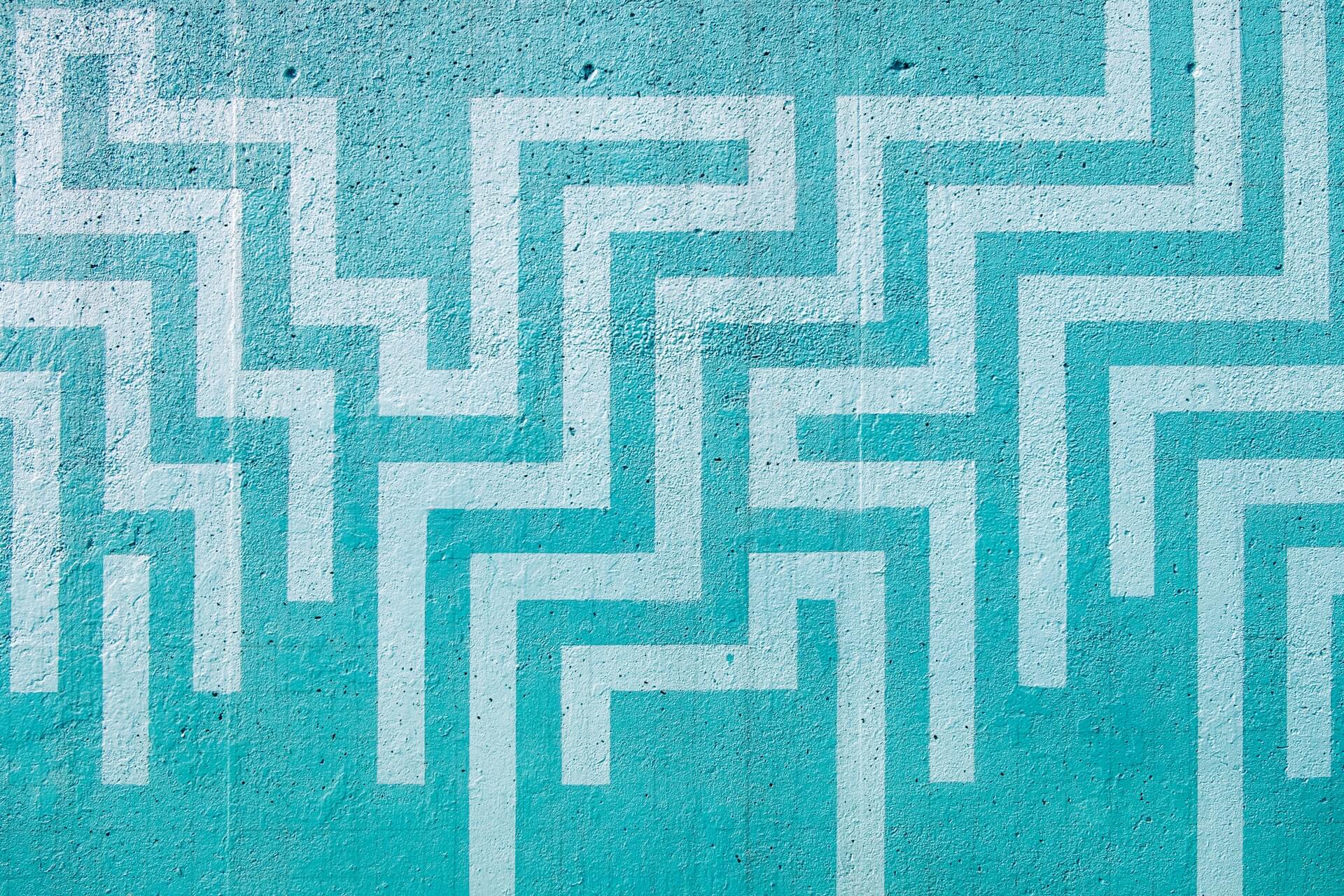starting point. An objective. And finally, the end goal. In between, there are points, medals, various obstacles to overcome and almost always a hint of competitiveness in the mix. The premise works for almost any game. But not just that.
Gamification, through the introduction of game elements, is a technique capable of turning any activity, work-related or not, into a more exciting, pleasant and captivating experience for the user.
Gamification, through the introduction of game elements, is a technique capable of turning any activity, work-related or not, into a more exciting, pleasant and captivating experience for the user.
The examples of the use of gamification are numerous and cross the most diverse activities, from learning to work tasks, including working out. It is a technique that is increasingly present in our lives. Just think of our phones and watches, which now come with built-in missions and goals to achieve ever-increasing fitness and productivity goals.
Learning
Who hasn't tried to be multilingual through the Duolingo app? It's used to learn foreign languages, and it has behind it a system capable of making learning more enjoyable and motivating. Whenever a player completes specific classes, they evolve in their learning path and points are awarded, which allow them to rise in the ranking. On the other hand, whenever there is a wrong answer, the player loses points and goes down in that ranking.
“I have already tried several apps to learn languages. With Duolingo, I almost feel the need to go to the app to complete my daily goal and thus continue to receive points", says João dos Santos, who, since he started using this app to learn Italian, has already completed a few dozen lessons.
Of course, we all also remember Guitar Hero, the video game that made learning and practicing the guitar more fun.
Working
At work, it is also possible to apply the principles of gamification. Bee Engineering created a gamification platform that encourages players to achieve goals and go further. This solution, Bee Brave, can be used as a growth accelerator (of employees, customers or even business partners), helping companies to improve their performance metrics, engagement and brand recognition.
The same company also created Bee Kind, a video game capable of involving companies and employees in solidarity goals. The game is customisable, depending on the player company and the organisation to help: you choose the organisation you'd like to help and the objectives to be met and, from there, employees must overcome the levels to unlock donations for the association. Everyone plays and gets involved in the solidarity cause.
In the logistics sector, gamified actions are also increasingly used to boost the performance of professionals, make functions more interactive, measure performances and reward employees with the best performance indexes.
Working out
Another very visible example of gamification are the numerous sports-related apps that have appeared on the market. Nike+Running, for example, promotes a healthier lifestyle by encouraging users to leave their homes and go run, allowing them to follow their evolution and also allowing them to share and compare their results with those of other users, increasing competitiveness and, consequently, the motivation of all users.
It was also no wonder that Zombies, Run! was a hit on Kickstarter. This app combines game aspects to encourage the user to run. The goal? To run away from zombies and save your life. “It manages to convey the adrenaline I need to run non-stop. The combination of fitness apps with the dynamics of games is perfect”, says Susana Martins, user of the app.
And, if we think about Pokemon GO, the main goal behind the application is to make users walk more every day. When hunting Pokemon, players don't even realise the amount of kilometres they walk.
But, beware. Gamification should be an enjoyable experience. After all, we all want to turn complex or boring activities into something fun. And although this is the case in the aforementioned examples, there are other situations in which the use of gamification can be dangerous.
“Everyone, from Uber drivers and call centre agents to web developers and investment bankers, is having their work subject to gamification. And, with gamification spreading across social media, commercial applications, credit scores, conspiracy theories and social credit systems, our world increasingly feels like a game you can't stop playing, where stakes are so high, failure is not met with a cheery 'try again' but with the loss of your livelihood,” says Adrian Hon, author of “You’ve Been Played: How Corporations, Governments, and Schools Use Games to Control Us All”.
The rules are on the table. Do you want to play?




